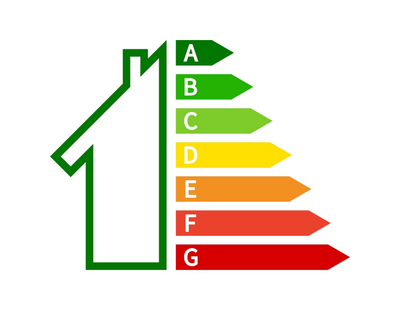Problems can arise as a result of items left behind following the end of a tenancy due to difficulties in tracing the tenants quickly and whether items require removal specialists and storage. Whenever a property has been abandoned before the tenancy has ended, obtaining a court possession order is always the safest option to avoid any problems under the Protection from Eviction Act 1977, yet, in regards to possessions that have been left behind made applicable is the Torts Interference with Good Act 1977.
Making sure a good inventory is in place is effective in distinguishing between the tenant’s possessions and what belongs to the landlord as well as playing an important role if the tenancy deposit scheme is involved. Although some of the abandoned goods may appear of little value, creating a new inventory along with photographic evidence and a statement of the items condition and estimated value would ensure that if the tenant was to return claiming that the goods had been damaged or that his possessions were worth a significant sum, could be disproved. If you fail to make contact with the tenants in order to return the possessions, the items with any monetary or sentimental value should be placed in storage for up to three months or the period stated within the tenancy agreement. The items deemed as rubbish should be removed by a clearance company following a written estimated value of the belongings.
Following the end of the storage period, the possessions removed from the property can then be sold to cover tracing costs, any outstanding rent arrears or storage costs.









%20-%20IMAGE%20Client%20Accounting%20%E2%80%93%20what%20are%20your%20options.jpg)










Comments